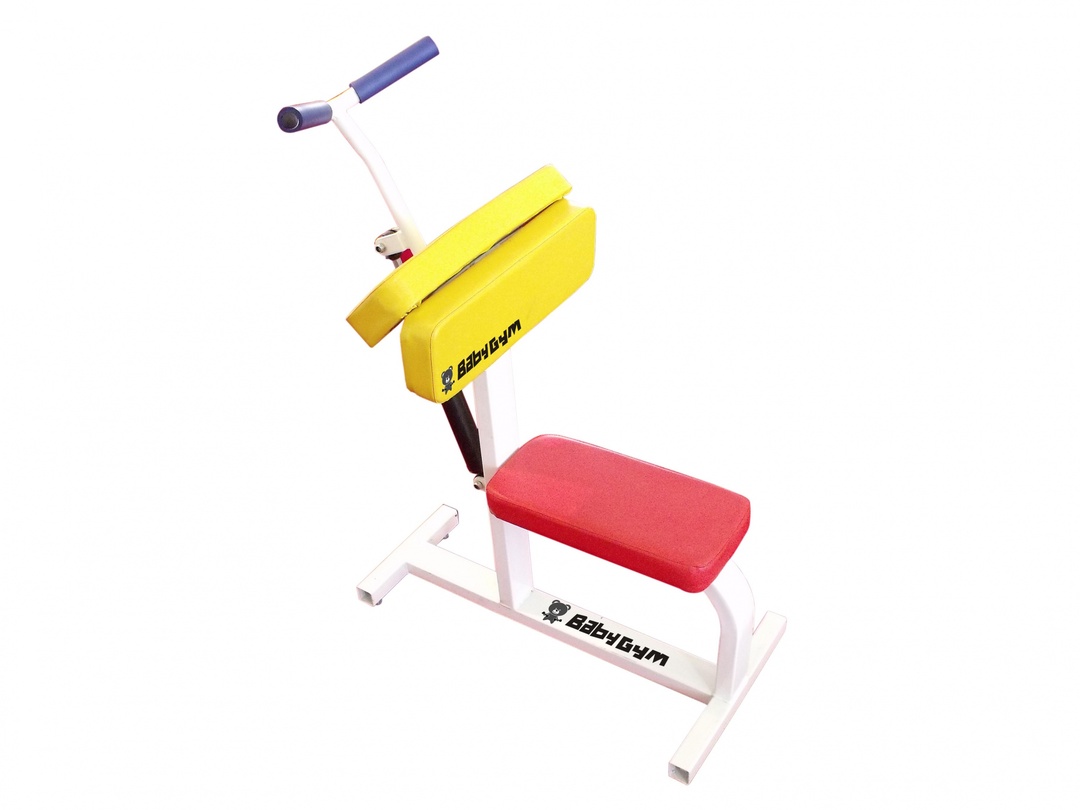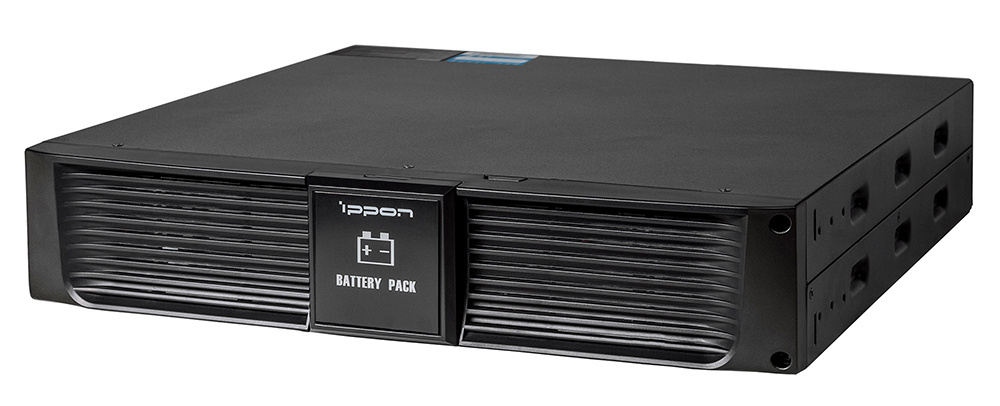Decoupage - one of the fashion trends of the art industry. In an age of prosperity hand-made is not surprising. It represents no other than the technique of decorating items, based on the coverage pattern or ornament and fixing inflicted prints using varnish. This kind of creativity is not only gives the opportunity to display their abilities, but also become the owner of an exclusive gizmos. But 10 new ideas for decoupage boxes help inspire fans tinkering with his own hands.

Content
- performance technique
- original ideas
- Necessary materials
- stages of work
performance technique
The first mention of Decoupage dating from early medieval. But to attribute it to an art form began towards the end of the XV century in Germany. Two centuries later, in Venice, the technology has reached its peak of popularity due to the fact that the furniture came into vogue, inlaid in the Japanese and Chinese styles.

To date, the traditional technique added products from a variety of materials: candles, ceramics, fabrics and various metal and many others. Rapidly developing computer innovations have allowed to introduce a three-dimensional decoupage, and use the printer printed on the original patterns.
original ideas
a variety of techniques open unlimited space flight of fancy. Selecting the craftsmen directly related to the current trends in the style of the interiors.
Today in vogue following options:


- Gilding. Performed after gluing the pictures. The effect of gold leaf gives potal (thin foil).
- The etching gives the wood from which the box is formed, hue saturation, while retaining the texture of the material. As the mordant can be used as handy tools (manganese, tea, blue), and complex chemical compositions.
- Crackle - artificial aging is by creating cracks in the layer of paint or lacquer coating. It is divided into single-phase and two-phase. Alternating craquelure appears as cracked paint layer, which is visible through a crack lower layer or paint base product. Biphasic craquelure different mesh cracks in the casket.
- Firing in the sand. The sand is heated to 200 degrees and held there until the product darkening. If the desired tone of some parts - the lighter, then immerse it is necessary in the top layer, where the temperature is below the sand and wood amenable less affected. This will help to achieve a rolling shade from light to dark.
- Shabby-chic with the use of candles. Corners, joints and sides of the box are opened paint saturated hue. Then a bright layer is rubbed with paraffin candles and overlaps light paint. Finishing layer serves matte acrylic lacquer.
- Nabryzg performed using a toothbrush. Droplets of spray-on to be decorated casket will create the effect of antiquity.
- Glaze - a technique borrowed from painting. Its distinguishing feature is the translucency of the lower layer paint through a translucent upper. Technique allows to capture beautiful color transitions due to the translucent layers.
- Dry brush - reception, which also borrowed from painting. This is a great way to give the subject retrostil. The bottom line is that the brush is typed on a small amount of paint removed surplus and a slight movement is applied to the product. In this way emphasizes relief and simulated fray.
- "Hot" method is ideal for gluing napkins on a flat wooden surface of the box, which is not afraid of high temperature. Covering the surface of two layers of adhesive, and allowing each of them to dry should be placed drawing and cover it with a paper baking, then ironed with a hot iron.
- Dekopatch-imitation patchwork technique. To create jobs in this technique, you can use a variety of materials, from newspapers to special paper for dekopatcha, acquired in a specialty store.
This style is very simple to perform and does not require special skills. Dimensions of pieces of paper depend on the magnitude of the work, can be glued slightly overlapping to form a chaotic pattern.
Necessary materials
Before you begin, you need to prepare a set of materials and tools. In deciding to apply the technique in the box, make sure that there are available:

- wipes;
- sandpaper;
- sponge for polishing;
- primer;
- decoupage glue;
- decoration;
- screwdriver;
- scissors;
- brushes;
- lacquer.
stages of work
Having all the necessary materials and tools, you can begin to creative activity. Do not forget about safety when working with the piercing and cutting items and paint products. This is especially important in cases where the work involved children. The sequence works as follows:

- Must first prepare the surface box. If the choice fell on the little piece of wood, the basis should be treated with the help of sandpaper and sanding sponges. A well-prepared surface will ensure the quality of decoration.
- If the object has a metallic decorative elements, then it is better to withdraw for a while. This can be done with a screwdriver, tweezers or other suitable tool. The cleaned surface must be primed and toned after using acrylic paints.
- After painting copying the print on the finished surface. With the advance of harvested tissues carefully removed part with applied pattern and is transferred to the box.
- Certain places on the product treated with a special glue. After this procedure, you must wait for the time that the adhesive is completely dry.
- Then, the surface of the box is covered with several layers of varnish, and only after it is completely dry you can begin to decoration. Do not forget about the advance of remote metal parts and attach them back if necessary.
This technique makes it possible to show imagination and surprise your loved ones original gift.
Moreover, it does not require the existence of super-powers and major material costs and material for handicrafts may well be long forgotten in the storerooms of the little things.


